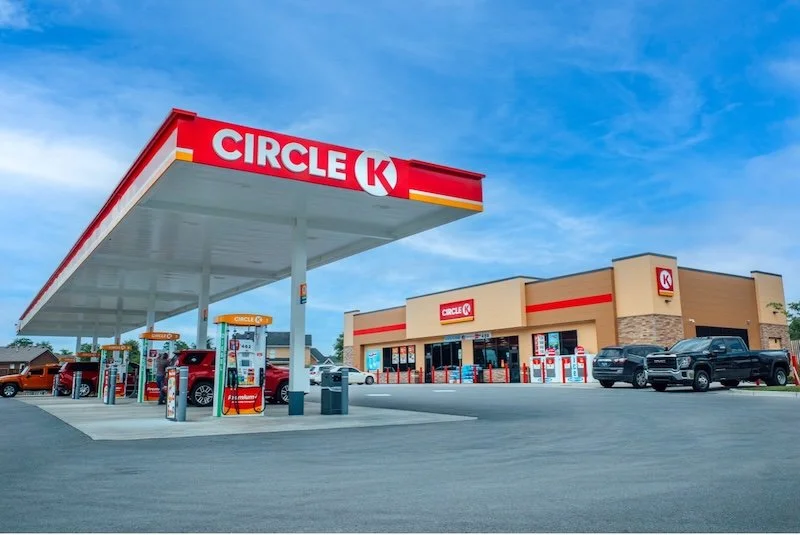What are the main reason independent retail businesses fail?
Some independent retail businesses struggle to stay afloat after just a few months in operation. Not all, but some! As we look at the retail industry, on the whole, there are patterns that start to emerge.
Naturally, running an independent retail business is already an uphill struggle. Established chain businesses have it much easier - they already carry a lot of brand power and inherit a customer base. It’s easy for a brand new Target store to open in a different location and be incredibly successful.
The same cannot be said of an independent small business - no matter how good it might seem.
So, why do a lot of these smaller retail businesses fail? It is usually down to at least one of the following points:
An overreliance on local customers
Many independent retail businesses have an overreliance on local customers.
What does this entail?
Well, it means your business depends on local customers to come in and make purchases. You only cater to this market, which shoots you in the foot. After all, there are only so many people in your town - and only so many times they can come in and buy things.
Local customers definitely matter, but you can’t solely rely on them. If you do, this is usually an indication of a poor marketing strategy. You need to run campaigns to broaden your reach and make people aware of you.
Part of your strategy should also revolve around your USP. What does your store offer that makes it unique? There has to be a USP that actively encourages people to travel from afar to buy what you’re selling.
A lack of an online presence
Transitioning from the first point to this one, a lack of an online presence will also mean you rely too much on local customers. If you don’t have a website - or at least a website people can actually find - how will people know about you?
Your retail store will rely on word of mouth from locals seeing it and telling others about it. This can help you get some business, but it won’t be a fruitful endeavour. So, begin by building a great retail website and getting a Google Business page. The latter is important as it literally puts your store on the map so people will see it when searching locally.
Moreover, an online presence gives you another outlet to make sales. A lot of independent retail stores are failing because they only operate in the physical realm. Don’t rely on people visiting your physical store as the only way to make money. Having an online store can open up new revenue streams.
Going back to the first point again, this also stops you from over-relying on your local customer base. Now, people from different locations can buy your products as well!
Cash flow problems
Cash flow problems can harm lots of small businesses - particularly within the retail sector.
Mainly, we’re talking about free cash flow here. What is this? It’s the term for the amount of money your business has after you take your expenses into account.
So, after paying for everything from employee salaries to inventory, you’re basically left with free cash. The aim is to keep this free cash flowing as steadily as possible. It’ll mean you are making money after accounting for your outgoings.
The problem is that lots of small retail companies have terrible cash flow. You’re spending too much or not bringing enough in. Either way, after using the free cash flow formula to run calculations, you discover there’s no free money for you to play with. In simple terms, your business is losing money.
Even if you generate a lot of money, cash flow issues can arise. Why? Because you’re spending way too much. Look internally at your retail business and consider where you could cut down some costs. Do you need to find better suppliers?
Is it smarter to get rid of your bricks and mortar store and move online because rent is too much? If you can find ways to lower your operating costs and improve cash flow, you could keep your business afloat.
Terrible inventory management
Again, this point links to the one above as bad inventory management will almost certainly cause cash flow problems.
Every retail business needs to understand the importance of inventory management and what it entails. Two of the biggest problems in this domain are:
● Overstocking
● Under-stocking
Overstocking inventory means you have too many products that aren’t selling. Now, you’re left with a tricky decision.
Do you throw this stock away or try to sell it? If you try to sell it, you’re normally slashing the prices to see if people will actually buy the products. In both situations, you’re losing money.
Understocking inventory is just as bad. Yes, you don’t waste money by ordering too many products - which is great. The downside is that you can’t meet the demand for your products.
Let’s say you only stock 100 units, but the demand for this is twice as much. You’re basically losing out on double the sales revenue because you don’t have enough items in stock.
Good inventory management means you’re tracking customer behaviour to learn how much inventory to purchase. This ensures you’re not over or understocking, falling into the Goldilocks category - it’s juuust right! Less money is wasted, meaning some of your cash flow problems are also dealt with.
In reality, there are many other factors that influence the success of an independent retail business. Sometimes, it’s all about luck - opening your store at the right time can make a huge difference.
We still can’t ignore some of the factors that are in our control. The four things spoken about above are easy for you to influence as a retail business owner.
Focus on establishing an online presence and improving your marketing strategy to reach a wider audience and cease your overreliance on local customers. While you’re at it, look at your finances and find ways to fix cash flow problems, such as improving inventory management.
Will this guarantee success? No, nothing in life is guaranteed! But it will lay the foundations for a better chance of being a successful retail company.

















Continue reading…